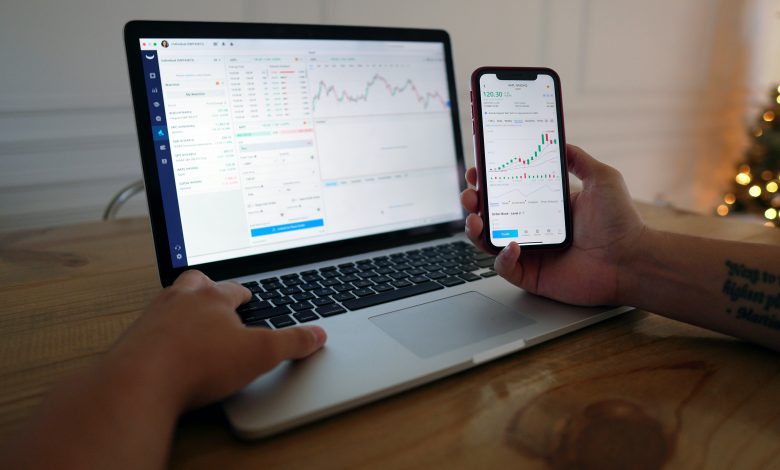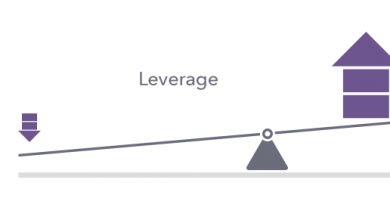What Is Intraday Trading?

Intraday trading simply means purchasing and selling stocks within the same day, that is, before the market closes. It’s also known as day trading and the purpose is not to invest but to make quick gains from the fluctuations of the shares during the market trading hours.
Overview: Intraday Trading
Intra-day means “within the day,” but it refers to securities being traded during business hours in financial terms. The price of shares fluctuates during the day, so the purpose of an intraday trader is to monitor and control the indices fluctuations to buy and sell when most profitable.
Although buying and selling shares is beneficial in the long term, intraday trading has been shown to create returns in the short term. Say, for instance, you buy a stock at Rs 150 today, and in two hours, the price has increased to Rs 155, meaning you can profit from selling the stock. Intraday trading is good for both beginner traders and professionals, provided they keep an eye out for price changes.
Intraday Trading Features
A trader does not acquire ownership since the sole purpose is to buy and sell for a profit. The crucial thing to keep in mind when carrying out intraday trading is to specify orders. Failure to do so may lead the broker to square off your position automatically, therefore converting the trade into delivery.
Day Trading Indicators
Every investor needs to keep track of indicators and trends of the market to benefit from the changes in stock prices. Here are some critical indicators to guide you:
Moving Average
This is the most commonly used indicator which shows the opening and closing rates of the stock. The indicator links the average closing rates at a certain time bracket to help a trader understand the underlying movement of prices since stock doesn’t just move in a single direction.
Bollinger Bands
The technical analysis tool displays standard deviations of stock at a particular period. It consists of 3 lines; moving average, lower, and upper limit, a combination that represents the oscillation of the volatility range. The line works by locating the price variation over a specific period enabling traders to invest when most profitable.
Momentum Oscillators
The oscillator comes in handy when a trader needs to know the position of stocks on the price chart as they are highly volatile. It’s represented in a range of 1-100, showing whether stock prices will rise or fall further.
Relative Strength Index (RSI)
This is an indexed form of all trading that has taken place over a specified duration. It shows when a stock was sold or bought at the highest price. A stock is considered overbought when the RSI is over 70 and undersold when it’s below 30.
Trading Strategies
Intraday traders use various strategies to ensure they get good returns from selling and buying equity, including:
- Range Trading– primarily utilizes support and resistance levels to direct sell or buy decisions.
- Scalping– attempts to make several small returns from small price changes during trading hours. The strategy requires an investor to act fast to avoid losing a beneficial window.
- High Frequency – utilizes algorithms to benefit from short-term market inefficiencies.
- News Based– exploits opportunities arising due to volatility caused by news events. A trader needs to be highly informed on a timely basis to seize the opportunities emerging during the day.
How To Select Suitable Stocks for Intraday Trading
While intraday can be beneficial, it’s crucial to choose the best stock to trade in India. Here is how to do so:
Volatility– the best stocks have medium to high variance in terms of price fluctuations. It is recommendable to go for fairly risky stock to avoid losing all your money. Therefore, avoid more than 3% value fluctuations because they present the possibility of incurring a huge loss.
Research– knowledge is crucial in the intraday trading business. A trader needs to be highly informed with timely news to increase the chances of profiting. The basics of intraday trading are analyzing, comprehending, and making quick decisions. Success is mostly a result of calculated moves rather than luck.
Liquidity– intraday trading is impossible without liquid equity shares. Stocks of small and medium corporations are easy to buy and sell, unlike that of big companies.
High Trade Volume– it’s easier to monitor variations of several stocks for intraday trading than that of one. Look out for general flow in stocks, that is, those that fall in price when the market falls and rise in price when it rises.
What Are the Benefits of Intraday Trading?
Intraday trading has the following benefits:
Minimal Risk
Since securities are traded on the same day, price fluctuations are less likely to affect a trader. In standard buying and selling of equity, however, the principal amount is held over a long period exposing the trader to higher risk due to significant price changes.
Low Commission & Fees
Trade fees, service tax, stock transaction fees, etc. are some of the brokerage fees that eat into the income made by a trader. In intraday trading, however, brokers charge a minimal cost since the expense of transferring securities in an investor’s name is foregone. Generally, intraday trading fees and commissions are tenth of standard trading fees.
Liquidity
Another plus of intraday trading is liquidity associated with the stocks. Resources invested can be recovered in just a matter of hours. During adverse market conditions, day traders use the strategy of short selling to earn returns.
High Returns
Intraday trading yields higher returns than standard trading and capital appreciation can be easily achieved. Traders can cash out easily to avoid making losses when prices are falling.
Intraday Trading Tips & Tricks
Here are a few tips to help you gain returns.
- Have a clear portfolio of stocks you want to trade. Build a portfolio depending on your financial goals and monetary requirements.
- Track market indicators we have discussed above to understand how a particular stock behaves in different periods.
- Control your fear and greed for more because you won’t always make a return.
Bottomline
Intraday trading can lead to very rewarding returns if done strategically and on a timely basis. Remember to always select the option and always go with the market flow. It’s also crucial to know when to exit and try another day.



